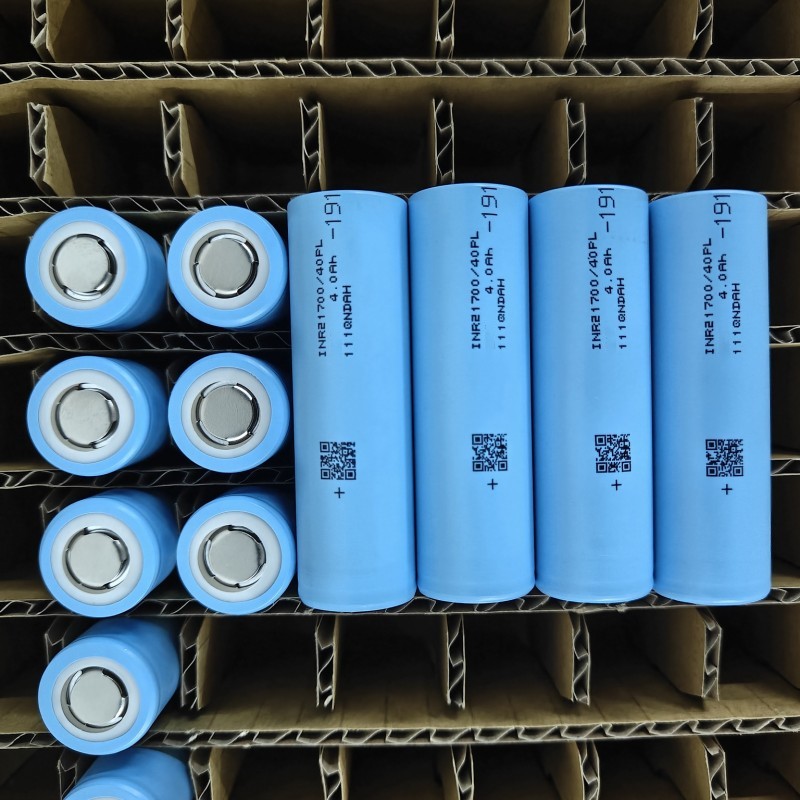Over the past several years, scientists have been developing batteries for different types of applications. One such type is the stretchable battery, which could be used in wearable electronics. Recently, a team at Linköping University announced that they had developed a fluid battery that can take any shape, allowing for its use in a wide variety of applications. In this new study, the team at UC Berkeley has developed a stretchable battery that also heals itself.

To make the new battery, the research team started with a zwitterionic polymer that had both a positive and negative charge. With such polymers, water molecules bond with the charged parts while the lithium ions are attracted by the negative parts of plastic. The arrangement allows water to be tightly bound in the battery, reducing the risk of it splitting when voltage is applied, while still allowing lithium ions to be released when desired.
The team then added an acrylic acid as a cross-linker and a fluorine-free Li salt-based hydrogel electrolyte with a stability window of up to 3.11 volts. The design allowed it to pull water from the air, further reducing the possibility of splitting the water molecules when electricity was applied.
The resulting battery was just 19% water and was able to maintain stability in rooms with 50% humidity. The team tested its capabilities by attaching it to a circuit board running LED lights. It performed well for more than a month, with very little water splitting. Due to its ability to self-heal, it was also able to continue working after being stretched, punctured by needles, cut by razors and folded.